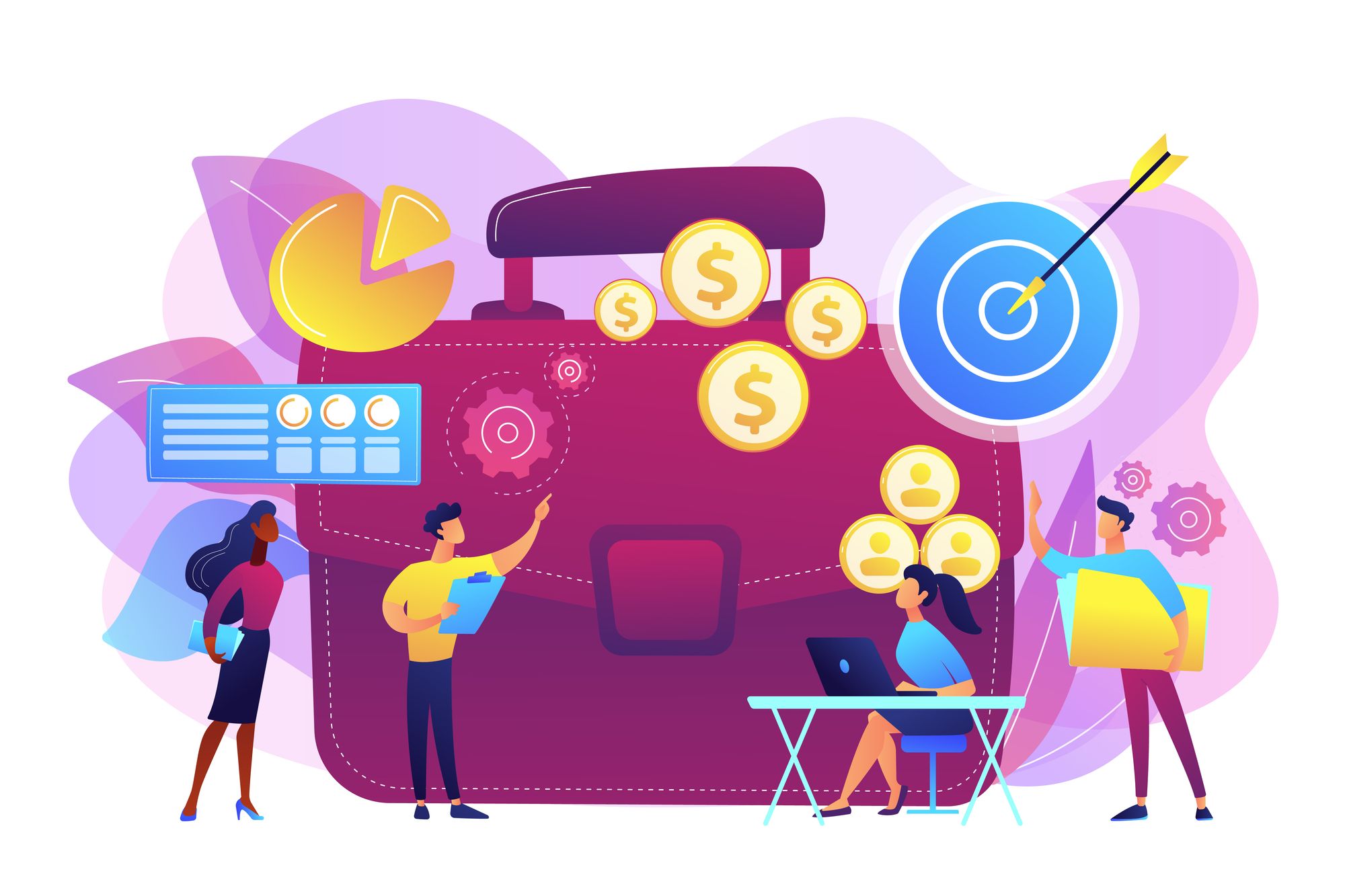Team-Based Incentive Plans: Definition, Types, Benefits, and More


Incentives are the engine that drives success for employees.
While individual incentives have long been celebrated for their ability to inspire personal achievement, the power of collective motivation through team incentive plans is an area ripe for exploration.
Moreover, according to a study by ResearchGate, sales teams on team incentive plans performed much better compared to those on individual plans. They not only showcased an increment in sales but also the number of customers dealt with.
Team incentive plans are a strategic approach designed to harness the combined efforts of a team toward achieving shared objectives.
In this blog, we'll take a closer look at team incentive plans and their potential to reshape the way we think about motivation and rewards in the workplace.
Team Incentives are monetary and non-monetary benefits given to a team of co-workers for their collective efforts in achieving their goals. These incentives are given over and above their regular compensation package.
Typically, team incentives are given on a quarterly, half-yearly, or yearly basis.
Team incentives might be given independent of other individual incentive plans an organization might have to reward top performers. The main motive of team incentives is to promote the spirit of teamwork and common good in the employees, while also motivating them to continue to achieve the targets set for them.
Let’s take a look at the top six common types of team incentive plans:
Profit sharing is the most popular type of group incentive plan and is widely used across the world. It involves sharing a percentage of the profit a company makes in a period, in a predetermined ratio among eligible teams.
In this plan, employees and team are informed beforehand about such a structure and the share of each team is decided.
A profit-sharing group incentive model is one of the most effective ways to motivate employees and reward them for their work, as it directly represents the fruits of their labor. It also helps them see the value they bring as a team and respect each other’s contributions.
However, such a model can also be unpredictable as bonuses are payable only if the company makes a profit, and the teams would get no incentive if the company incurs a loss.
Gain sharing is a system of management that companies use to achieve higher levels of sales performance. This is done by offering financial shares of the business gains to employees.
In this model, businesses set their earlier revenue performance, productivity, or some other criteria as the baseline. Then, the organization is given the goal of improving upon that performance overall.
Once the new target is achieved, the organization offers team incentives based on how much of an improvement has been made over the baseline.
While other models like profit-sharing look at numbers such as revenue, profit, etc, goal-based incentives look at smaller figures. This model focuses more on controllable metrics that can be directly influenced by the efforts of the sales team.
In this model, you reward sales teams for effort regardless of what the outcome is. The parameters in merit-based incentive systems are process-based and not outcome-based.
The sales team’s dedication and effort are still recognized for activities like:
However, employees can tend to become complacent because they’ll get incentives irrespective of whether their efforts lead to measurable outcomes or not.
The choice between financial and non-financial incentives has been the most discussed topic in sales commissions with several studies carried out to see which is more effective.
But what are they exactly?
Let’s take a look.
You can choose either of them to incentivize your salesforce. You can take a poll on what your employees prefer and would be worthwhile.
However, for most companies, a combination of both financial and non-financial incentives works best.
Commission-based incentive plans are commonly used in sales roles. Employees earn a percentage of the revenue generated from their sales, providing direct motivation to increase sales and revenue.
If you are looking to start commissioning your team do it right with elevateHQ
Every organization has different goals that it wants its sales team to achieve.
For some, the main aim would be to push total revenue by selling as many units as possible. For others, the goal might be to improve the customer's lifetime value by pushing the sales team to develop a long-term relationship with the customer.
Accordingly, the criteria for awarding team bonuses will vary from one organization to the other.
Additionally, there might be a difference in criteria within the same company as well.
One team can be tasked with selling large quantities to wholesalers and another team might be required to sell at the maximum margin to retail customers.
Now, let’s look at the benefits and drawbacks of team incentive structures to help you make an informed decision:
Using team incentive plans can help:
When not implemented correctly, team incentive plans can also lead to drawbacks like:
Choosing whether or not to use team incentive plans can be a tough decision to make.
But it doesn’t have to be!
You can start off with a plan that you think is best suited to your organization and fine-tune that model with continuous improvement.
When implemented correctly, it enables reps to create a strong bond with their team members and gives them the motivation to achieve beyond the targets set for them.
Use the information covered above to better understand team incentive plans. It’ll help you make an informed decision about using them and picking the type that is crucial to your business.